Marketing for the best time of the year can be really stressful.
It’s that time of year again. Soon, you’ll walk into the mall and it will feel like a winter wonderland filled with decorated trees, gift boxes, and holiday lights. Deemed the “best time of the year,” it can get a little hectic for companies in the retail space when it comes to increasing sales and providing customers what they’re looking for.
But with the craziness that comes with Black Friday shopping and Cyber Monday deals comes an opportunity to boost your sales numbers before the new year. In 2018, holiday sales totaled more than $850 billion — that sounds like a lot of opportunity to us.
Online sales alone captured $126 billion in holiday sales in 2018, which was up from $108 billion in 2017. As digital and mobile shopping continues to overtake the desktop experience, we can only expect that number to grow in years to come.
Year over year, global holiday eCommerce sales have increased by more than 10%. As we see more people adapt to the mobile shopping lifestyle, we can only expect these numbers to continue to increase. If you aren’t already putting your resources into holiday emails, now’s the time to start. Image courtesy of Business Insider.
And that’s why having a holiday email marketing strategy is still a big topic. In this article, we’re going to discuss a few tips to help you improve your holiday email marketing strategy.
Here’s a quick glimpse at what we’ll cover
- Understanding customer behaviors during the holiday season
- When to start your holiday email marketing plan
- The details you need to know about your customer base
- What content will improve your emails
- How you can appeal to the last-minute shopper
Customer Behavior During the Holiday Season
Before jumping right into how you can improve your holiday email marketing strategy, it’s important to take a step back and understand customer behavior changes during the holidays.
These price-savvy shoppers are a little different than the customers you market to throughout the year. They know what they’re looking for and they want to find it for a good price. In fact, holiday shoppers are much more focused on price and inventory levels (especially as timer ticks down) than the brand name. That’s a reassuring and huge opportunity for smaller retail stores and the less-known retailer.
Customers are not always focused on the brand when holiday shopping. This chart shows that people are more concern is getting a great deal and a large selection than the specific brand. Image courtesy of Deloitte.
Here are a few additional things, based on, you’ll want to consider when it comes to the change in customer behavior around the holiday season:
- They start they’re shopping early, 40% of consumers began shopping before Halloween
- Holiday shoppers are much more likely to make a purchase the first time they visit your website
- Bounce rates tend to be lower during the holiday season compared to the rest of the year
- Although they are more likely to purchase products, they also tend to abandon carts more than other shoppers
But this article is about email marketing, right? Well, it looks your digital holiday shoppers prefer email over search and social. The conversion rates for emails on Black Friday and Cyber Monday came in higher than all the other mobile marketing solutions. The average email conversion rate was 4.29% compared to just 1.81% for social.
This is why we want to talk about holiday email marketing. As online sales continue to grow year over year, email is leading the way to increase conversions and boost sales. Image courtesy of Shopify.
Knowing that your holiday shoppers have different behaviors than your typical client base is a good start on getting your email marketing strategy holiday ready. Let’s jump into how you can improve your holiday emails.
Tips to Improve Your Holiday Email Marketing Plan
Reaching your customers via email has never been more important than it is from November 1 through the end of the year. This is the prime holiday shopping season and with 60% of consumers planning to spend over half of their holiday budget online — you don’t want to miss out on increased sales.
There is a number of different ways to increase your email marketing plans, but we’ve compiled a few that can help you quickly improve your plan.
Start Planning Early for Best Results
We all know that the process of email creation is not a one-stop-shop. It takes multiple different people, from content and graphic design to the sometimes grueling approval process. That’s why the first tip we have for you is to start planning early. The earlier the better but at least leave yourself a month to two months for the entire process.
The majority of holiday shoppers start their shopping early, many starting as early as October. After November, the shopping starts to slow down with the average spending numbers dropping. Image courtesy of Deloitte.
That means you should be at least starting to think about your emails in August and hopefully starting to implement the process in September. Now, we realize that not everyone has the capability to plan this far ahead, but giving yourself a solid month will help you produce a better holiday campaign.
The holiday season is a time of tight competition for the retail industry, the worst thing you could do is throw an email together and send it out to your customers with errors or poor design to it. It takes two seconds for someone to hit that delete button, so make sure you’ve taken the time to think through the email for the best results.
Know Your Customer Base
Hopefully, by now you have an idea of who your customers are and what they want from you. With the increase in artificial intelligence and machine learning, it’s never been easier to really get to know who your customers are — use that to your advantage during the holiday season.
You’ll read it in nearly every article discussing email, but list segmentation really is a big deal when it comes to holiday emails. The better you understand the demographics, shopping behaviors, and all-around needs of your customers, the more likely they are to convert.
Think of it this way, if you know that Customer X is a mother with a child under 6, you can send emails directly to this customer’s needs. During the holidays, if you sell clothing, toys, or even electronics, you can serve Customer X with products that her 6-year-old child may be interested in. That’s a much more effective strategy than simply sending a generic holiday-themed email.
This email is a great example of customer segmentation. This email is designed to be sent to a woman who might not be totally sure what to get her husband or boyfriend. This clearly states it is an email for girls, who need a little help finding the right gift. Gift guides are always a win in our book. Image courtesy for Marketing Land.
We all know that personalization is key in our marketing world today. But here’s the thing — it works. In fact, people want to see personalized and relevant content when they open their emails. They’re almost expecting it in this day and age.
Customers actually want you to remember some of their personal data such as size and previously purchased items. It makes the shopping experience quicker and simpler for them, so why not provide this information via email? Link right to the product in their size to make the shopping experience as simple as it could possibly be.
Let Your Content Do the Work
When it comes to email marketing, subject lines are very important. It’s the first thing that customers see and it is at that moment that a customer decides whether to open the email or delete it.
That’s why getting the content in your email subject line right can make or break your holiday email marketing success. This is the time of year to let your creativity flow and use the holiday spirit to your advantage.
As corny as it can be, use the holiday terminology to your advantage. People love to see a little “gobble, gobble” or “jingle all the way” in their inbox. Just make sure to get your point across early in the subject line so that people who are viewing the email on mobile know what the email is about.
This email not only used a unique CTA, but it was also a GIF of the cartoon skateboarding. It really caught our attention and is sharing a gift guide again. Standout emails like this one are what you need to get the attention of your customers and improve conversions. Image courtesy of Printful.
But it’s not only about the subject line. You’ll want to make sure your content is on point from the body of the email to the call to action.
How do you set your company apart from the rest? Finding new ways to share content and wow your customers can be hard. This year, think GIFs, animation, and interactive content — these are the trends we should expect to see to help customers find what they need.
If you sell a variety of different products, why not provide customers with an interactive experience that helps them decided what the best gift is for each family member? Or have animations that show them just what their significant other may want this year — the possibilities are endless to standout.
Last but not least, use your call to action (CTA) as another place to entice customers. This time of year, you can get creative and get away from the generic “shop now” or “buy now” CTAs. Use this opportunity to get creative and see how it resonates with your customers. Maybe use something like “the perfect gift is waiting” or “Find the perfect gift” to try to increase conversions.
Use Urgency and Appeal to the Last Minute Shopper
The holiday season is the perfect time to add a little sense of urgency to your emails. Partially because there really is only so much time to find the perfect gifts, but that can also be applied to sales. As we’ve mentioned plenty throughout this article, people are looking for the best deals possible during this time — so put some pressure on it when you’re running them.
Let people know when the sale will end and how long they have left to make that final purchase. Count downs work well, whether it’s until the end of the sale, or the end of the year, it will show shoppers exactly how long they have left to take advantage of the sales.
Another example of an email that stood out was this asos email. It had an animation (not shown here) but the words “it’s not too late” flashed so users could see right away what this email was meant to say. It also tells people exactly when they can order by to get their items, adding urgency. Image courtesy of Printful.
Another option is to leverage the inventory levels you have available. This will work especially well if you happen to carry one of the hot items of the year. Let people know that inventory is limited and the items may not be around for long — it will get them to act fast.
And lastly, remind those last-minute shoppers that they don’t have much time left to purchase their gifts. These shoppers, sometimes forget how quickly the holidays creep up on us and are looking for some help when they are nearing the finish line. Provide them with some extra deals and emails to let them know you’re here to help get them the perfect, last-minute gift out there.
Don’t Forget to Have Fun With It!
As stressful as the holiday season can be in the retail world, it also offers marketers a time to really get creative. Take this time t help your company increase sales, but also make sure to have some fun with it!
Soon enough you’ll be back to the normal, less exciting branding email marketing strategies of the year. Hopefully, when that time comes, you’ll be able to look back and see an increase in sales due to your holiday email marketing plan.

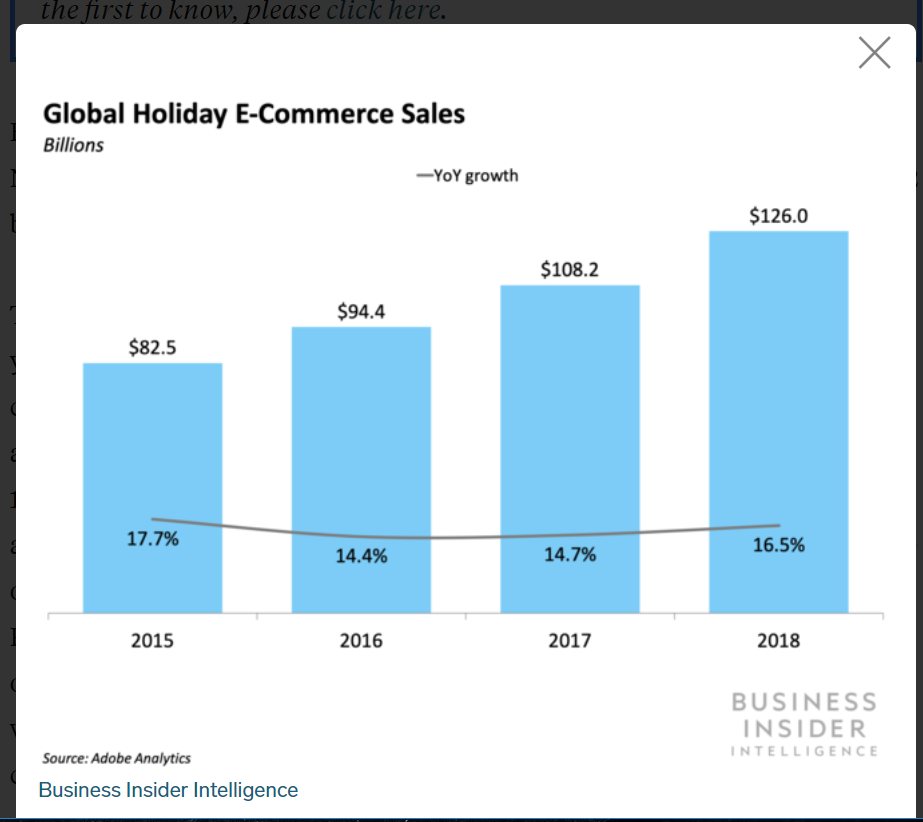
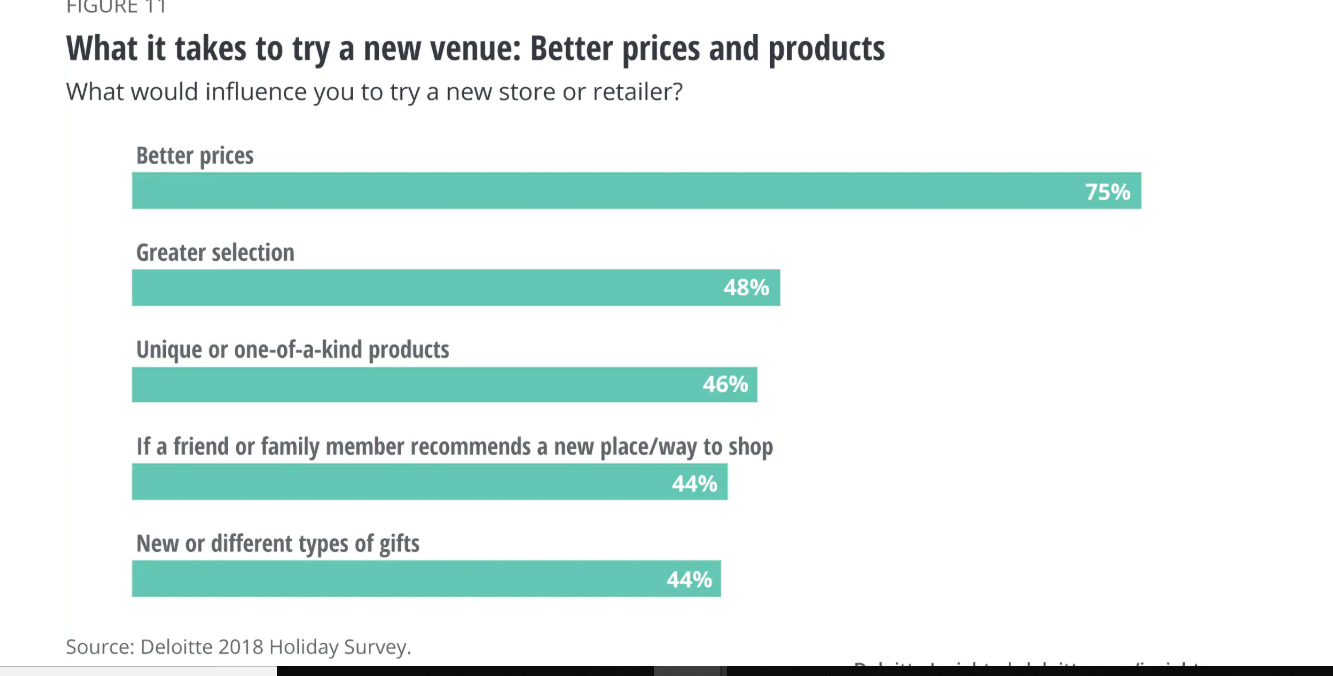
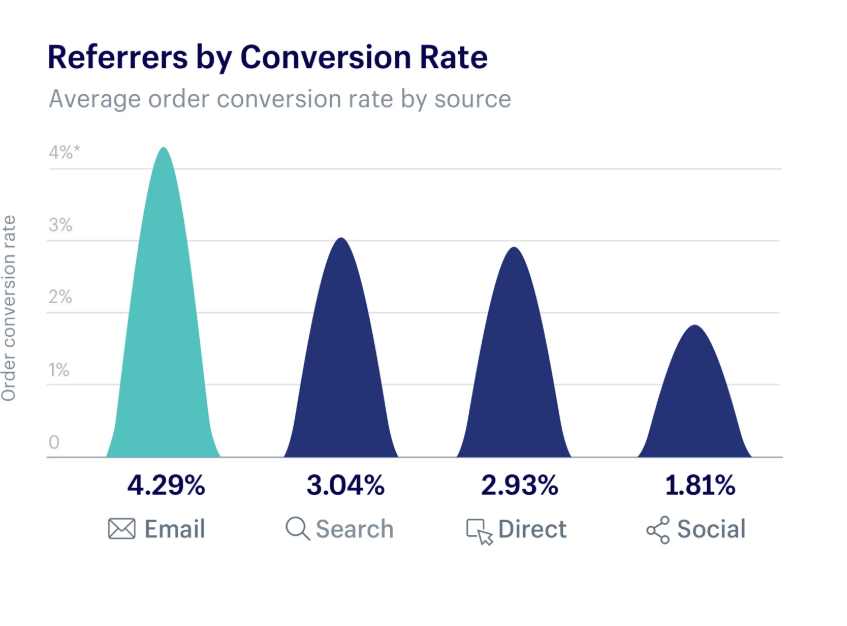

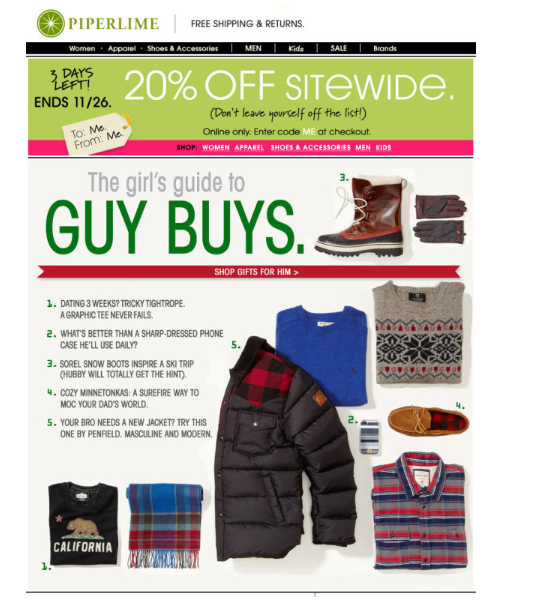
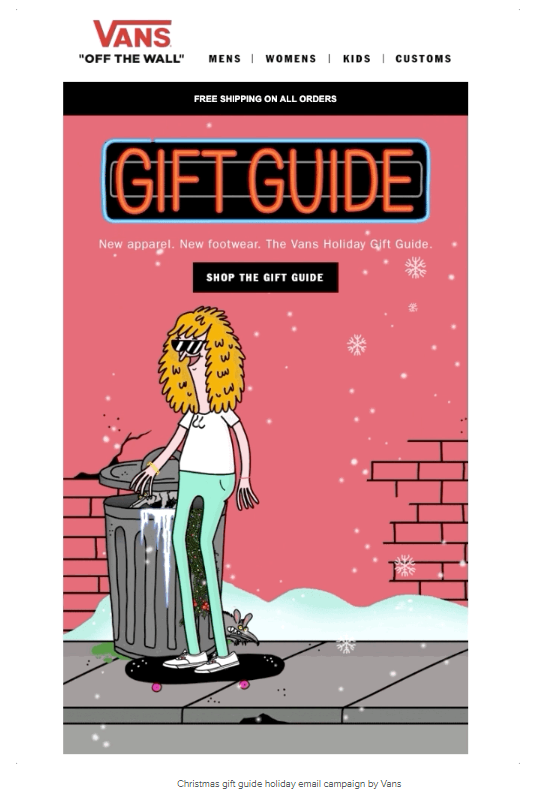
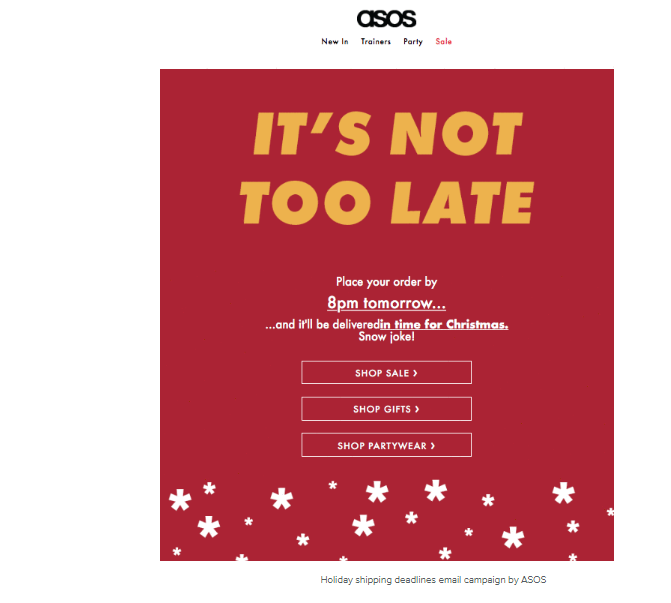
You can also stay updated by subscribing to iTechCode.